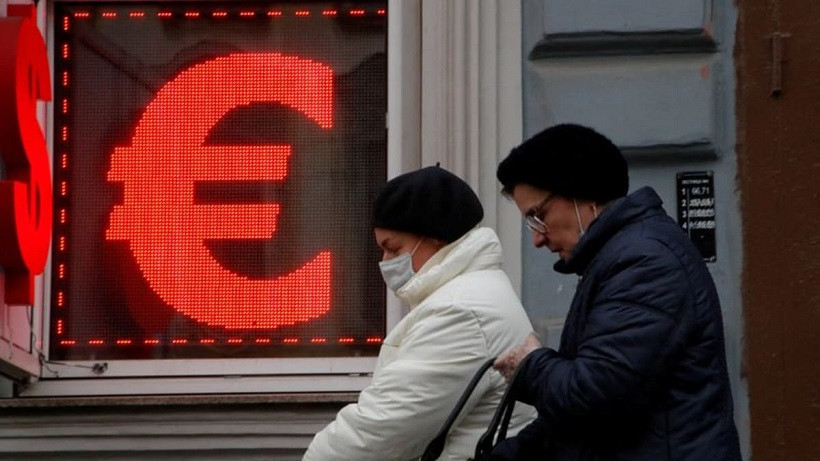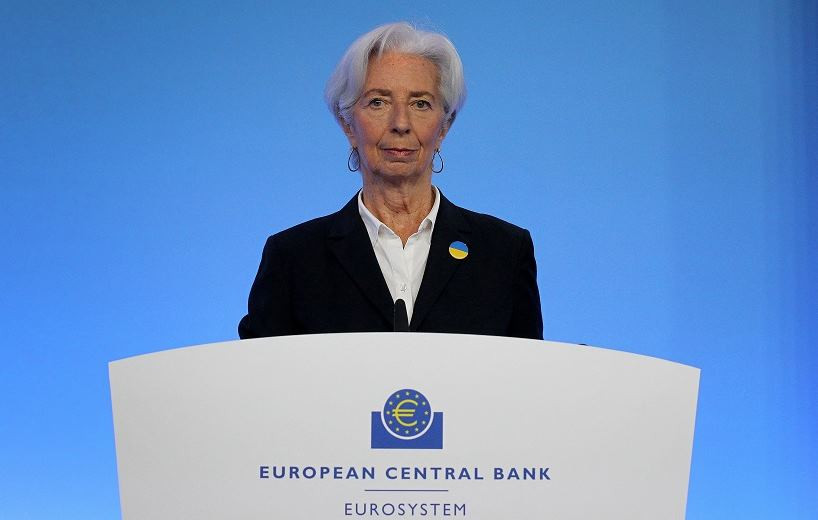
The reaction of market players to the latest ECB meeting was mixed. On the one hand, EUR/USD reached a new local high after ECB's hawkish signals. On the other hand, the regulator stated it would not increase the interest rate in the near future, despite the expected inflation spikes. Amid mixed signals from the ECB, EUR/USD failed to settle at 1.1100 and slid down, as bearish traders took the initiative. Growing demand for USD by risk-averse investors also pushed down the pair. Despite the best efforts of bulls, EUR/USD only performed a brief upward correction. It remains under pressure, making holding long positions risky.

The March meeting of the ECB was ambiguous. The central bank announced it would accelerate winding down its QE program. Monthly net purchases under the program would amount to €40 billion in April, €30 billion in May and €20 billion in June. Originally, the European Central Bank planned to lower its asset purchases to €20 billion by October. However, growing price pressure forced the regulator to wind down QE by Q3 2022.
Earlier, the ECB stated that the proposed interest rates could be lower than the current level. This wording was removed from this meeting's statement, which was interpreted as another hawkish signal by market players.
EUR/USD pushed a new weekly high, reaching 1.1120, but retreated following remarks by the ECB's president Christine Lagarde.
The wind down of QE has already been priced in, and it did not halt the pair's downtrend. However, market players expected it to be preceding an interest rate increase. These expectations were shattered by Christine Lagarde's remarks yesterday – the ECB's president stated that any adjustments in interest rates will take "some time" after asset purchases end, meaning there would be no automatic rate hike after QE ends. This dovish signal negated investor optimism about the accelerated wind down of QE.

The risk of stagflation and resulting fear in the market is also weighing down on EUR/USD. The 2022 outlook for inflation has been raised to 5.1% from 3.2%, amid the forecasted decrease in production, higher unemployment and falling GDP. Goldman Sachs analysts predicted economic output in the Eurozone would fall significantly. The European economy was expected to grow by 3.7% in 2022, down from 4.2% in the previous outlook. More pessimistic forecasts see the EU economy grow by only 2.3% and expect inflation to jump to 8%. A repeat of stagflation of the 1970s is the biggest and likely risk facing the EU at this moment.
The EUR/USD downtrend still has momentum. The euro is clearly vulnerable, while the US dollar is picking up steam in the market thanks to rising risk off sentiment. Short positions could be opened during any significant correction. The pair remains between the middle and lower lines of the Bollinger Bands indicator and below both lines of the Ichimoku cloud, suggesting that downward movement is predominant at the moment. The closest support level for EUR/USD is the psychological level of 1.0900, with the next target being 1.0830 – the lower line of the Bollinger Bands at the D1 timeframe.